How to Remove Hylomar Blue
Dissolving the Sealant with Acetone
-
 Disassemble the jointed components. Start by breaking down the apparatus you want to clean to expose any surfaces that have been coated with Hylomar Universal Blue. This may require you to remove a few screws, shift some things around, or even partially deconstruct complex assemblies. Make sure you're familiar with how everything fits together in case you need to reassemble it later.
Disassemble the jointed components. Start by breaking down the apparatus you want to clean to expose any surfaces that have been coated with Hylomar Universal Blue. This may require you to remove a few screws, shift some things around, or even partially deconstruct complex assemblies. Make sure you're familiar with how everything fits together in case you need to reassemble it later.- If you're working with potentially dangerous mechanical equipment, take a moment to confirm that there's no power running to it and that it's had a chance to cool down or stop moving completely before you begin.[1]
- In order to do away with all traces of unwanted sealant, you'll need to have unobstructed access to the parts of the component to which it's been applied.
-
 Soak a cloth in acetone. Any type of soft, flexible material will work just fine. To prevent damage to delicate components, however, your best bet is to use a microfiber cloth or lint-free cotton towel that won't scratch or leave behind tiny bits of fiber. Dip the cloth in the acetone to saturate it, then wring out the excess liquid.[2]
Soak a cloth in acetone. Any type of soft, flexible material will work just fine. To prevent damage to delicate components, however, your best bet is to use a microfiber cloth or lint-free cotton towel that won't scratch or leave behind tiny bits of fiber. Dip the cloth in the acetone to saturate it, then wring out the excess liquid.[2]- You can pick up a bottle of pure acetone at any drug store, as well as the beauty aisle of your local supermarket.
- This is the removal method recommended by the product's manufacturers.
- Other types of gentle solvents, such as isopropyl alcohol or acetic acid, may also do the trick.[3]
Tip: Pull on a pair of disposable gloves to protect your hands while you work. Acetone can cause mild irritation if it comes into contact with bare skin.[4]
-
 Rub the component vigorously wherever you want to remove the sealant. Move your acetone-soaked cloth back and forth over the surface using moderate pressure. The solvent will begin to loosen the sealant's grip on contact. Keep rubbing the piece until all traces have disappeared. It won't be hard to tell, thanks to the product's distinctive blue color.[5]
Rub the component vigorously wherever you want to remove the sealant. Move your acetone-soaked cloth back and forth over the surface using moderate pressure. The solvent will begin to loosen the sealant's grip on contact. Keep rubbing the piece until all traces have disappeared. It won't be hard to tell, thanks to the product's distinctive blue color.[5]- Fold or rearrange your rag periodically to avoid simply smearing the sealant around.
- Hylomar Universal Blue is formulated to dissolve when exposed to a strong solvent, so no soaking, scraping, or sanding should be necessary.
Using Other Removal Methods
-
 Spray the sealant with an ordinary degreaser or adhesive solvent. Either of these cleaners should be potent enough to cut through a coat of Hylomar if you don't happen to have any acetone on hand. Just spritz a modest amount of solvent or degreaser onto a soft, lint-free cloth, then use the cloth to rub off the sticky sealant.[6]
Spray the sealant with an ordinary degreaser or adhesive solvent. Either of these cleaners should be potent enough to cut through a coat of Hylomar if you don't happen to have any acetone on hand. Just spritz a modest amount of solvent or degreaser onto a soft, lint-free cloth, then use the cloth to rub off the sticky sealant.[6]- Reapply the cleaner as needed to strip large areas or deal with especially heavy residue.
- Any type of degreaser or solvent advertised as being effective against polyester urethane should get the job done.
-
 Wipe off excess Hylomar Universal Blue with a dry cloth. If you accidentally squeeze on a little too much sealant and discover that it's oozing out from between your jointed surfaces, quickly go over the spot with a grease rag, a hand towel, or even an old t-shirt. It takes a couple minutes for the freshly-applied sealant to become tacky, so you shouldn't have much trouble getting it off.[7]
Wipe off excess Hylomar Universal Blue with a dry cloth. If you accidentally squeeze on a little too much sealant and discover that it's oozing out from between your jointed surfaces, quickly go over the spot with a grease rag, a hand towel, or even an old t-shirt. It takes a couple minutes for the freshly-applied sealant to become tacky, so you shouldn't have much trouble getting it off.[7]- Polyester urethane sealants can lose a bit of their original bonding capabilities as they age, which means you may also be able to wipe away old sealant without the aid of a solvent.
Tip: It's especially important to avoid overapplying non-setting sealants to engines, oil pumps, and other components where stray drops of the gel-like substance may cause contamination or interfere with performance.
-
 Use Hylomar's solvent wipes if you're worried about harming your component. The company manufactures and sells their own line of wipes designed specifically for removing Hylomar sealants. These could be your safest option if you don't like the idea of treating a particular surface or material with acetone, degreaser, or another harsh solvent.[8]
Use Hylomar's solvent wipes if you're worried about harming your component. The company manufactures and sells their own line of wipes designed specifically for removing Hylomar sealants. These could be your safest option if you don't like the idea of treating a particular surface or material with acetone, degreaser, or another harsh solvent.[8]- Go online to browse Hylomar's full line of solvent wipes and read up on their recommended uses. You may also be able to find them at the same place where you purchased your container of Universal Blue.
3.9 ★ | 7 Vote
You should read it
May be interested
- What is blue switch? 5 mechanical keyboard models using blue switches
 what is blue switch? why is it favored and commonly used today? join tipsmake to learn more through this article.
what is blue switch? why is it favored and commonly used today? join tipsmake to learn more through this article. - Super rare scene: Blue whales ... 'walk heavy' in the middle of the ocean
 recently, landscape photographer ian wiese and researchers have been stunned when caught, a whale 'going badly' on the australian coast.
recently, landscape photographer ian wiese and researchers have been stunned when caught, a whale 'going badly' on the australian coast. - Prevent 'blue screen errors' on Windows 8
 'blue screen of death' is the term used to describe the computer unexpectedly stalling the whole operation and a blue-colored error message will appear on the screen. this error leads to crashes or even damage to both device hardware and software, which will be reduced if we know how to prevent it first.
'blue screen of death' is the term used to describe the computer unexpectedly stalling the whole operation and a blue-colored error message will appear on the screen. this error leads to crashes or even damage to both device hardware and software, which will be reduced if we know how to prevent it first. - Blue light filtering applications must be available for your computer, phone
 green light is part of the visible light spectrum, acting deeper to the eyes and lasting can damage the retina. and it is related to the development of age-related macular degeneration, worst, it makes your brain awake when you're going to sleep. here are the 'must have software for people who work on computers at night to better protect their eyes, improve their health and productivity.
green light is part of the visible light spectrum, acting deeper to the eyes and lasting can damage the retina. and it is related to the development of age-related macular degeneration, worst, it makes your brain awake when you're going to sleep. here are the 'must have software for people who work on computers at night to better protect their eyes, improve their health and productivity. - Why is the sky blue and not any other color?
 we often see the sky is blue, but why it is so not everyone knows. here is an interesting explanation of this phenomenon in the lens of science, please refer.
we often see the sky is blue, but why it is so not everyone knows. here is an interesting explanation of this phenomenon in the lens of science, please refer. - Ways to fix BSOD blue screen error
 blue screen blue screen error (also known as the dead blue screen error - blue screen of death or bsod, or 'stop error' error) is one of the most difficult to fix errors on windows operating system. . the reason is because bsod errors often occur suddenly, when the system hangs and there is no obvious cause (such as after hardware or software changes or when you try to open a specific application there).
blue screen blue screen error (also known as the dead blue screen error - blue screen of death or bsod, or 'stop error' error) is one of the most difficult to fix errors on windows operating system. . the reason is because bsod errors often occur suddenly, when the system hangs and there is no obvious cause (such as after hardware or software changes or when you try to open a specific application there). - How to fake TikTok blue tick
 tiktok also has a blue tick for such accounts. so what if you are not the subject of the blue tick? the article below will guide you to fake the tiktok blue tick.
tiktok also has a blue tick for such accounts. so what if you are not the subject of the blue tick? the article below will guide you to fake the tiktok blue tick. - Full Giftcode Blue Lock Rivals Roblox latest and how to redeem code
 thanks to blue lock rivals game codes, you can get free spins along with many valuable items.
thanks to blue lock rivals game codes, you can get free spins along with many valuable items. - 50+ awesome blue powerpoint wallpapers
 50+ awesome blue powerpoint wallpapers. do you love blue or your presentation content is suitable for blue backgrounds or for some reason you want to look for blue powerpoint wallpapers. here thuthuatp
50+ awesome blue powerpoint wallpapers. do you love blue or your presentation content is suitable for blue backgrounds or for some reason you want to look for blue powerpoint wallpapers. here thuthuatp - Activate Blue Light mode on Windows 10
 since windows 10 build 14997, windows 10 allows users to activate blue light mode to reduce stress and fatigue. when this feature is activated, the color gamut on the screen will reduce the blue light, making your eyes feel more comfortable at night.
since windows 10 build 14997, windows 10 allows users to activate blue light mode to reduce stress and fatigue. when this feature is activated, the color gamut on the screen will reduce the blue light, making your eyes feel more comfortable at night.
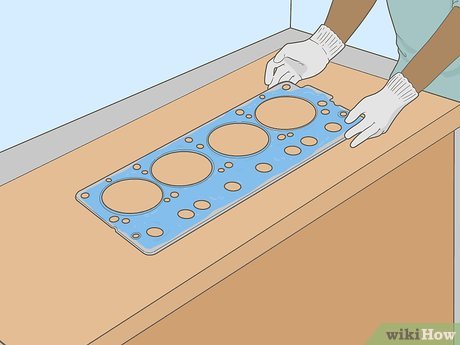
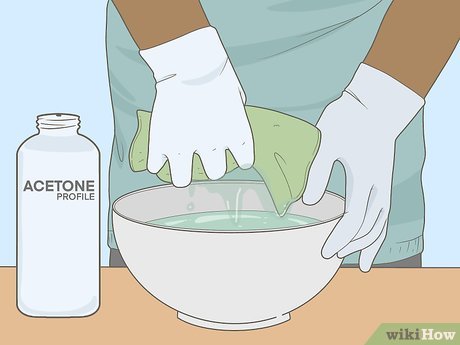
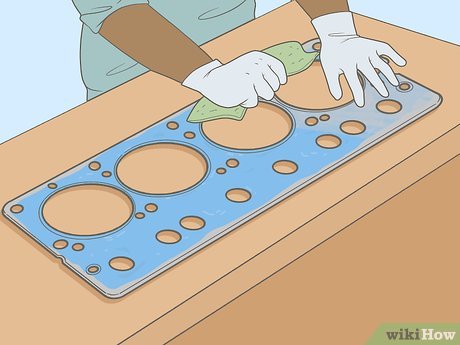
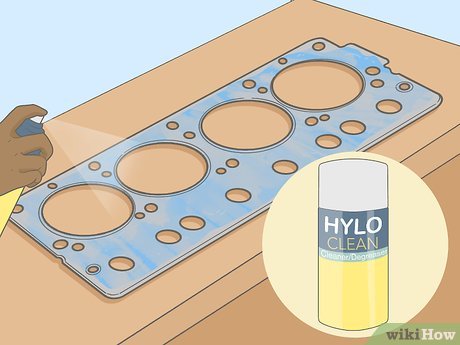
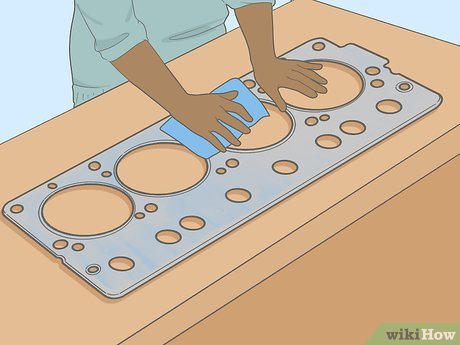
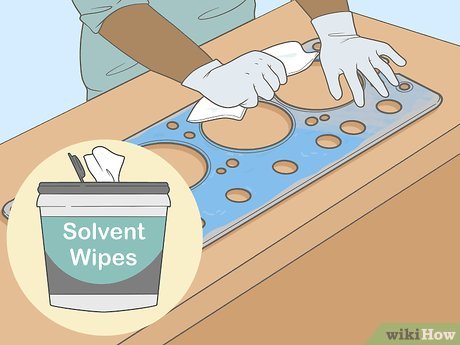










 How to Clean Off Sikaflex
How to Clean Off Sikaflex How to Test the Amperage of an Outlet
How to Test the Amperage of an Outlet How to See Frame Rates
How to See Frame Rates How to Contact an Art Gallery
How to Contact an Art Gallery List of errors arising after Windows 10 2004 update and how to handle it
List of errors arising after Windows 10 2004 update and how to handle it Control 1 Render farm remotely, from now on rendering is no longer a problem
Control 1 Render farm remotely, from now on rendering is no longer a problem